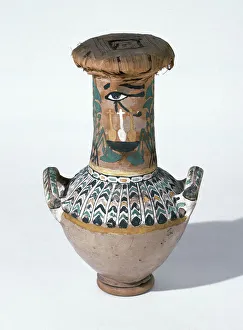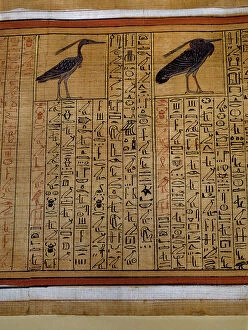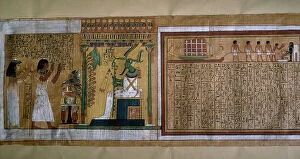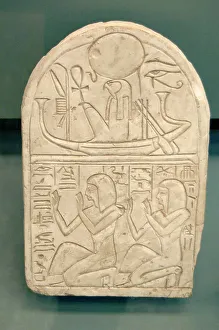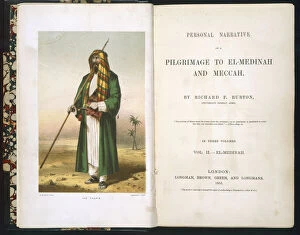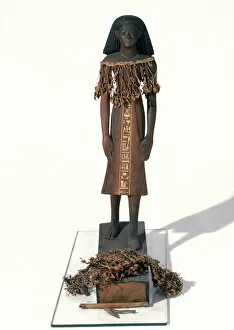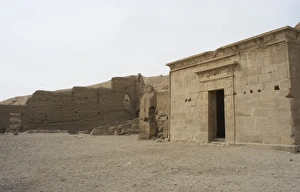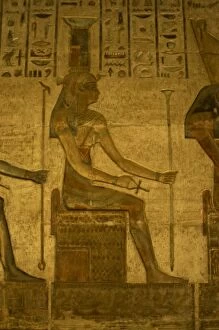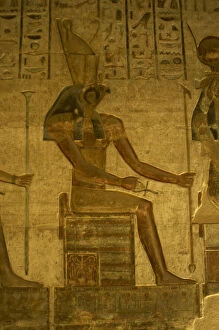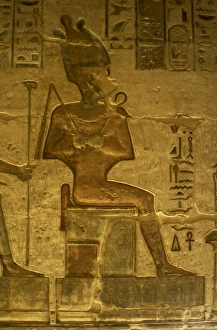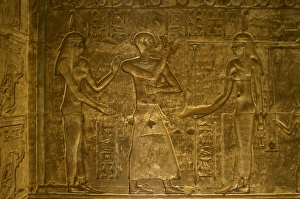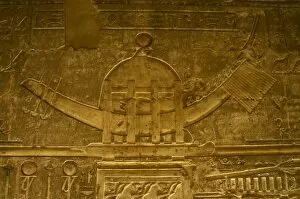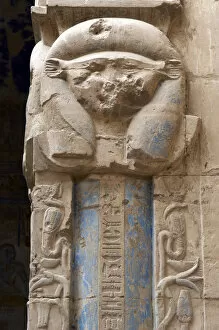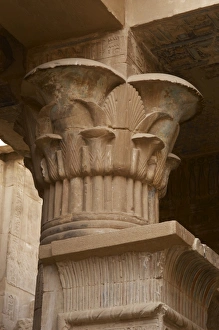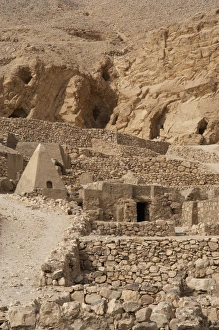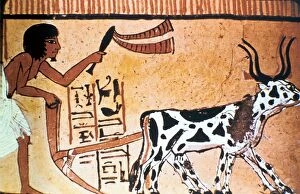El Medina Collection
"Exploring the Ancient Wonders of El Medina: A Journey through Time" Step back in time to 1400 BC and immerse yourself in the captivating world of El Medina
All Professionally Made to Order for Quick Shipping
"Exploring the Ancient Wonders of El Medina: A Journey through Time" Step back in time to 1400 BC and immerse yourself in the captivating world of El Medina. This ancient city, located in Egypt, holds a treasure trove of artifacts that shed light on the rich history and culture of this bygone era. One remarkable find is a polychromed vase discovered in the tomb of Kha. Its intricate designs and vibrant colors transport us to an age where craftsmanship was revered. The 18th Dynasty left behind numerous relics like this, showcasing their artistic prowess. The Book of the Dead found within Kha's tomb offers insights into ancient Egyptian beliefs about the afterlife. These sacred texts provide guidance for navigating the underworld and ensuring a successful journey into eternity. A stela dedicated to Wennekhu stands as a testament to his achievements during his lifetime. This beautifully carved monument captures his essence, immortalizing him for future generations to admire. Egyptian art flourished during this period, with architect Kha leaving behind an awe-inspiring statue that showcases both skill and devotion. The attention to detail is astounding, reflecting their reverence for deities such as Hathor and Maat. Speaking of temples, one cannot miss the Ptolemaic temple dedicated to Hathor and Maat. Adorned with statues depicting gods like Anubis, Nephthys, Horus, and Osiris seated majestically within its walls – it serves as a reminder of Egypt's religious practices during this time. Venturing outside these grand structures leads us to Valley of Artisans – a place where skilled craftsmen honed their skills under Hathor's watchful eye, and is here that they created masterpieces that would stand the test of time. As we conclude our journey through El Medina's wonders, we are reminded once again how these ancient civilizations have shaped our present-day understanding of art, religion, and the human spirit.

